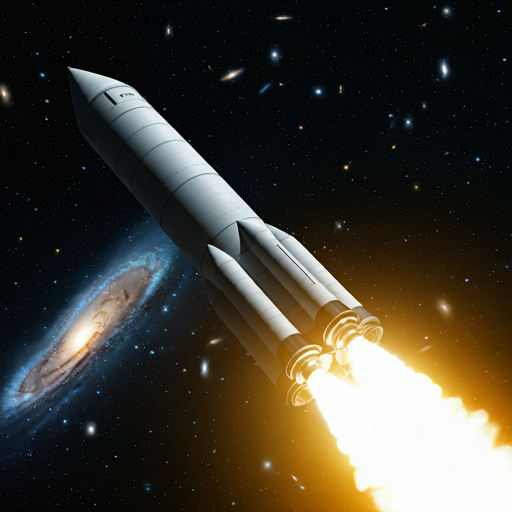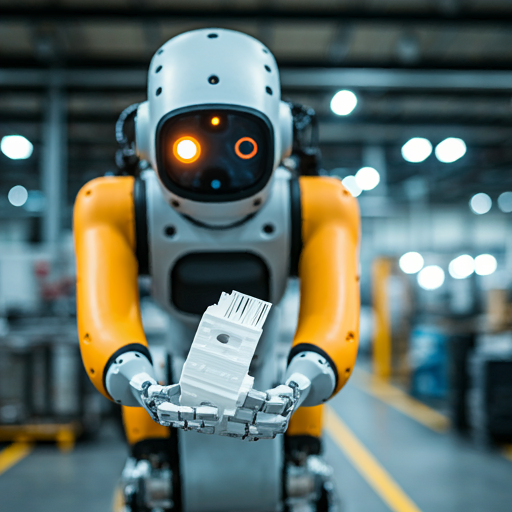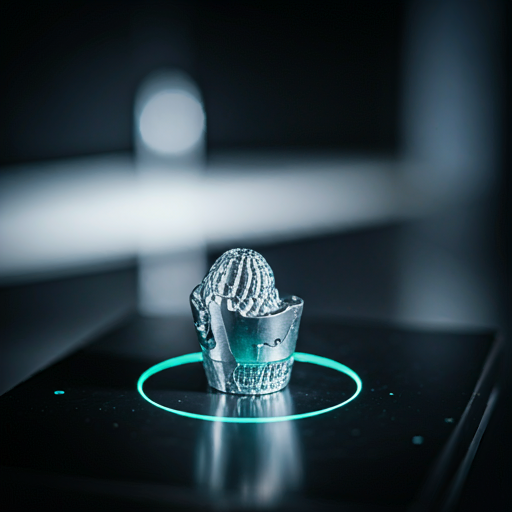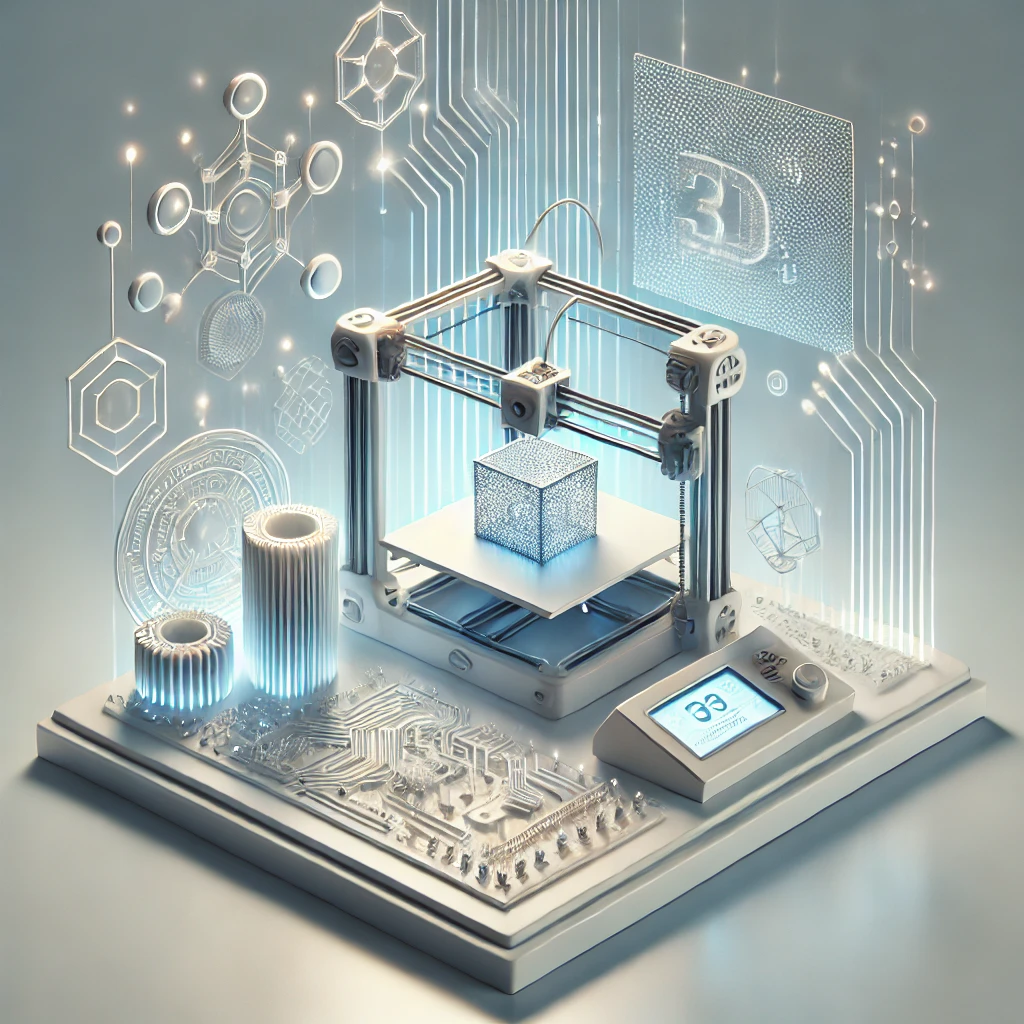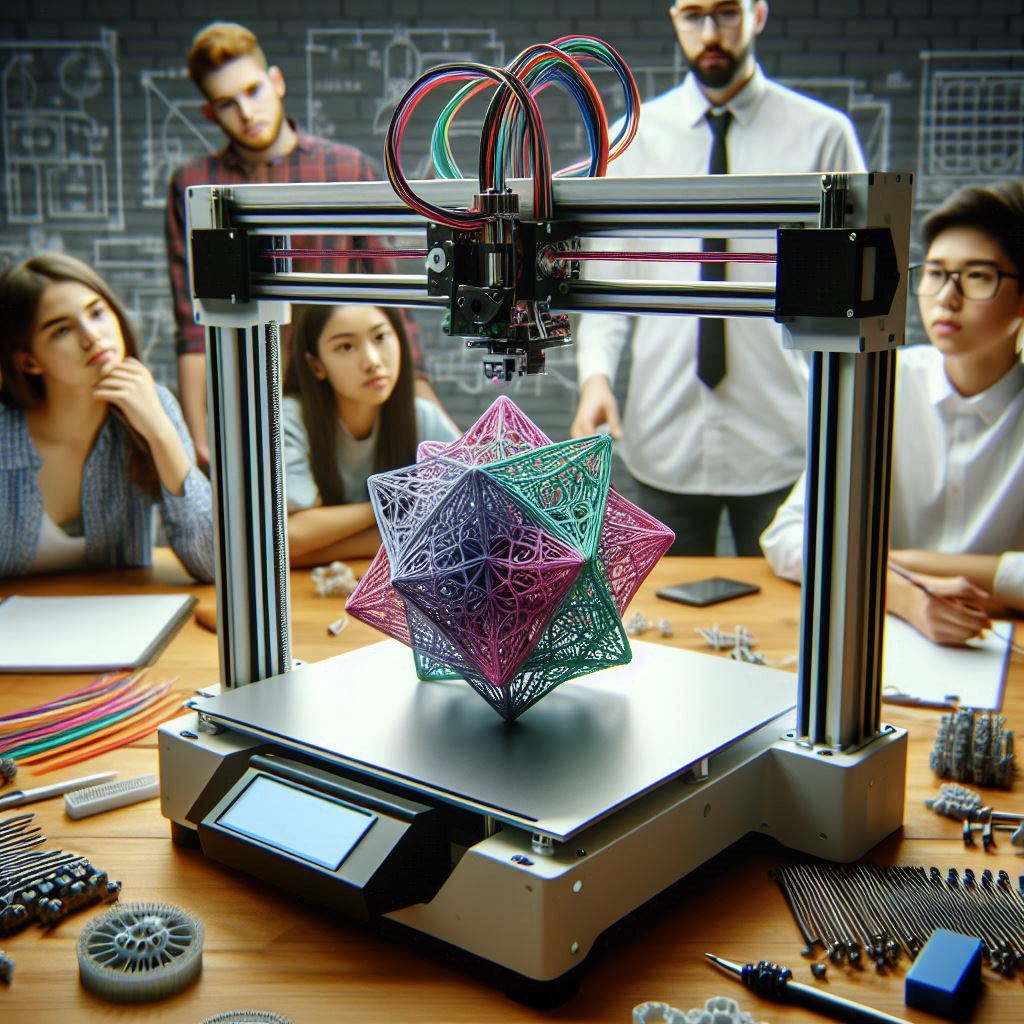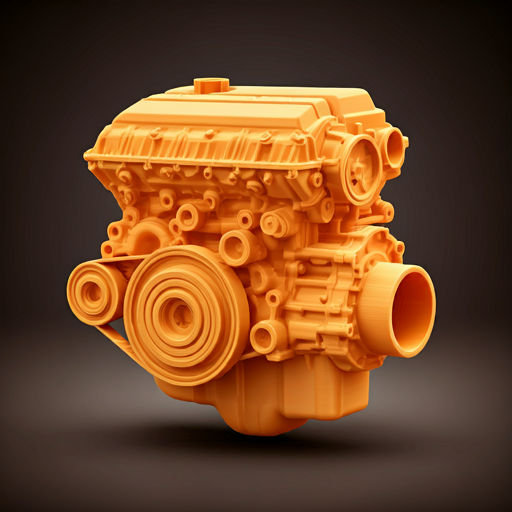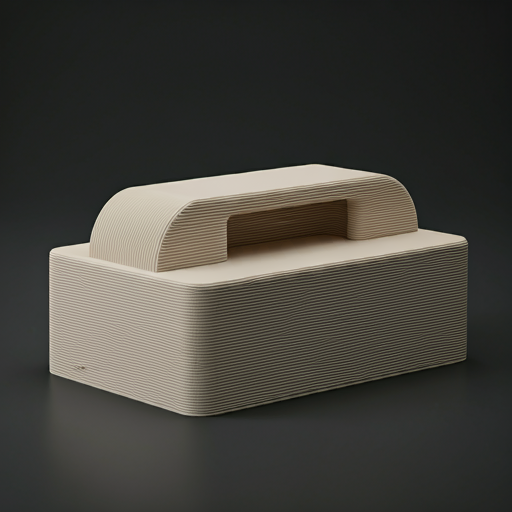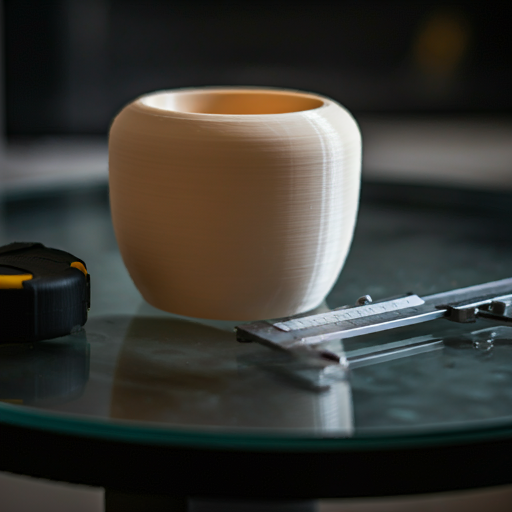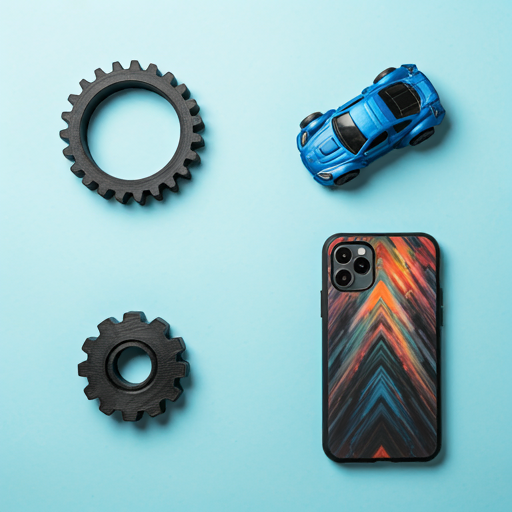
Introduction to Polyjet 3D Printing

Polyjet 3D printing is an advanced additive manufacturing technology that employs inkjet printing techniques with liquid photopolymer resins, which are instantly cured with UV light to build parts layer by layer. This process is known for its high resolution and precision, producing parts with intricate details and smooth surfaces. Polyjet printing stands out for its ability to use multiple materials and colors in a single print, making it ideal for applications requiring fine detail and material versatility, such as detailed prototypes, custom medical devices, and consumer products.
Despite its numerous advantages, including rapid production and minimal post-processing, Polyjet 3D printing has some limitations. The photopolymer materials used may not be as strong or durable as thermoplastics in other 3D printing methods, and the technology tends to have higher operational costs due to material prices and printer maintenance. Nonetheless, its unique capabilities make it a valuable tool for specialized applications across various industries.
How does Polyjet 3D Printing Work ?
Design Preparation
The Polyjet 3D printing process starts with the creation of a digital 3D model using CAD software. This model is then converted into a suitable file format, such as .STL, which the printer can interpret. The conversion process involves slicing the model into thin layers, which the printer will build sequentially. This step ensures that the design is accurately translated into a printable format, allowing for precise control over the final part's geometry and material distribution.
Material Loading
Polyjet printers use liquid photopolymer resins stored in cartridges, with the ability to hold multiple types simultaneously. These resins can mimic various materials, from rigid plastics to flexible rubbers and transparent substances. The printer's software selects the appropriate materials for the print job, enabling complex multi-material parts to be created. The versatility in material choice is a key advantage, allowing for a wide range of mechanical properties and visual effects.
Printing Process
During printing, the print head, equipped with numerous tiny nozzles, moves back and forth across the build platform, jetting tiny droplets of photopolymer resin. Each droplet represents a 3D pixel of the final part. Ultraviolet (UV) light lamp immediately cure the resin, solidifying each layer as it is deposited. The build platform lowers incrementally after each layer, allowing the part to be constructed layer by layer with high precision.
Support Structures
To facilitate the creation of complex geometries, the printer automatically generates support structures from a gel-like material. These supports hold up overhangs and intricate features during the printing process. Both the part material and support material are jetted simultaneously, ensuring seamless integration. After printing, the support material is removed, typically with water or a chemical solution, leaving the part free of any temporary scaffolding.
Post-Processing
Once printing is complete, the printed part undergoes post-processing to remove any remaining support material. This can be done manually or with automated systems that use water or specialized solutions. The part is then cleaned to remove any residual material, and additional finishing processes, such as polishing or further curing, may be applied to enhance the part's properties. These steps ensure that the final product meets the desired quality and functionality standards.
Materials Available for Polyjet 3D Printing
1. Rigid Photopolymers
- Vero Family : Known for rigidity and durability, Vero materials come in a variety of colors, including opaque and transparent options. They are ideal for detailed prototypes, industrial parts, and consumer goods. High-Temperature resins in this category are suitable for applications requiring thermal resistance. Some of the vero materials are given below :
- VeroWhite : White photopolymer resin known for its versatility in creating detailed, smooth prototypes with a neutral base color.
- VeroBlack : Black photopolymer resin ideal for creating parts that require a sleek, dark appearance with high detail.
- VeroClear : Transparent photopolymer resin used for see-through parts and prototypes, allowing for visual inspection and light transmission.
- VeroBlue : Black photopolymer resin ideal for creating parts that require a sleek, dark appearance with high detail.
- VeroCyan : Transparent photopolymer resin used for see-through parts and prototypes, allowing for visual inspection and light transmission.

2. Flexible and Rubber-Like Materials
- Tango Family : Known for rigidity and durability, Vero materials come in a variety of colors, including opaque and transparent options. They are ideal for detailed prototypes, industrial parts, and consumer goods. High-Temperature resins in this category are suitable for applications requiring thermal resistance. Some of the vero materials are given below :
- Agilus30 : White photopolymer resin known for its versatility in creating detailed, smooth prototypes with a neutral base color.
3. Simulated Polypropylene
- Durus and Rigur : Known for rigidity and durability, Vero materials come in a variety of colors, including opaque and transparent options. They are ideal for detailed prototypes, industrial parts, and consumer goods. High-Temperature resins in this category are suitable for applications requiring thermal resistance. Some of the vero materials are given below :
4. Digital Materials
- Digital ABS : Combines the toughness of ABS with high resolution, ideal for functional prototypes, tooling, and end-use parts. Polyjet also allows blending different photopolymers to create composite materials with specific characteristics, such as varying hardness or full-color parts.
5. Medical and Dental Materials
- Bio-compatible Resins : Materials like MED610 are safe for temporary contact with the human body, used for surgical guides, dental models, and custom prosthetics. Dental resins are specifically formulated for accurate dental models, aligners, and orthodontic appliances.

6. Transparent Materials
- VeroClear and RGD720 : These transparent photopolymers are used for clarity and transparency needs, such as light covers, lenses, and fluid flow analysis models. They offer high dimensional stability and can be combined with other materials for aesthetic and functional prototypes.
Design Guidelines for Polyjet 3D Printing

1. Wall Thickness
Maintain a minimum wall thickness of 0.6-1.0 mm to ensure structural integrity and avoid fragility in the printed parts. Thinner walls may not print accurately and can be prone to breakage. Consistent wall thickness is also important to prevent uneven curing and potential warping, which can affect the overall quality and durability of the part.
2. Feature Size
Ensure that the smallest details on your design are at least 0.2 mm to be accurately reproduced by the Polyjet printer. For embossed details, a minimum height/depth of 0.1-0.2 mm is recommended, while engraved details should be at least 0.4-0.5 mm wide for good visibility and definition. These guidelines help in achieving clear and precise features.
3. Overhangs and Bridges
Polyjet technology supports overhangs with a gel-like support material that is easily removed post-printing. However, designing with minimal overhangs and bridges can reduce the need for excessive supports, saving time during post-processing. Aim for angles above 45 degrees from the horizontal plane to minimize support material usage and simplify support removal.
4. Clearances and Tolerances
For parts that need to fit together, maintain a clearance of at least 0.1-0.2 mm to ensure they do not fuse during the printing process. Polyjet printers are highly accurate, with typical tolerances around ±0.1-0.2 mm, but it’s important to account for additional clearance in complex geometries to ensure proper assembly and function of the printed components.
5. Multi-Material Design
When designing multi-material parts, ensure clear boundaries between different materials to avoid blending issues. Utilize the unique properties of various photopolymers by combining rigid and flexible materials within a single print to achieve the desired mechanical properties. This allows for creating complex assemblies with varying hardness, flexibility, and other attributes.
6. File Preparation
Use STL file formats for best compatibility with Polyjet printers, ensuring the 3D model is watertight with no holes or intersecting faces. Export the file at a high resolution to maintain detail without creating excessively large file sizes that can slow down processing. Proper file preparation is crucial for accurate and efficient printing, resulting in high-quality parts.
Benefits of Polyjet 3D printing

1. High Resolution and Precision
Polyjet 3D printing offers exceptionally high resolution and precision, with layer thicknesses as fine as 16 microns. This allows for the creation of parts with intricate details and smooth surface finishes, making it ideal for applications requiring fine detail, such as prototypes, dental models, and intricate consumer products.
2. Multi-Material and Multi-Color Printing
One of the standout features of Polyjet technology is its ability to print with multiple materials and colors in a single build. This capability allows for the creation of complex parts with varying mechanical properties, colors, and textures, enabling designers to produce realistic prototypes and functional parts that closely resemble the final product.
3. Versatility in Material Properties
Polyjet 3D printing uses a wide range of photopolymer resins that can simulate various materials, from rigid plastics to flexible rubbers and transparent substances. This versatility allows for the production of parts with specific mechanical and thermal properties tailored to the needs of different applications, from functional prototypes to end-use products.
4. Minimal Post-Processing
Polyjet parts require minimal post-processing compared to other 3D printing technologies. The support material is easy to remove, and the fine layer resolution means that little to no sanding or polishing is needed to achieve a smooth finish. This efficiency in post-processing saves time and effort, making the overall production process more efficient.
5. Suitable for Complex Geometries
Polyjet 3D printing is well-suited for creating parts with complex geometries, including intricate internal structures and fine features that would be difficult to produce with traditional manufacturing methods. The ability to print detailed and accurate components makes it ideal for applications in aerospace, medical devices, and intricate prototyping.
Limitations of Polyjet 3D Printing
1. Material Properties
Polyjet 3D printing primarily uses photopolymer resins, which may not have the same strength, durability, or thermal resistance as thermoplastics used in other 3D printing methods like Fused Deposition Modeling (FDM) or Selective Laser Sintering (SLS). These photopolymers can be more brittle and less suitable for high-stress applications, limiting their use in functional or load-bearing parts.
2. Cost
Polyjet 3D printing can be expensive due to the high cost of photopolymer resins and the operational expenses associated with maintaining the printers. The cost of materials is generally higher compared to other 3D printing technologies, making it less cost-effective for large-scale production runs or applications where material costs are a critical factor.
Post-Processing Requirements
Although Polyjet parts typically require less post-processing than some other 3D printing technologies, the removal of support material can still be time-consuming and may require additional equipment, such as water jets or chemical baths. For parts with intricate geometries, ensuring complete support removal can be challenging and labor-intensive.
4. Environmental Factors
Photopolymer resins used in Polyjet printing are sensitive to environmental factors such as UV light and moisture. Exposure to these elements can degrade the material over time, potentially affecting the longevity and performance of the printed parts. Additionally, these materials are not as environmentally friendly, with limited options for recycling and disposal compared to thermoplastics.
5. Size Limitations
Polyjet printers typically have smaller build volumes compared to some other 3D printing technologies. This limitation can restrict the size of parts that can be produced in a single print job, making it less suitable for large-scale or bulky items. For larger parts, designs may need to be broken down into smaller sections and assembled post-printing, which can introduce additional challenges and complexities.
Applications of Polyjet 3D Printing
Prototyping and Product Development

Polyjet 3D printing is widely used in the early stages of product development for creating highly detailed and accurate prototypes. Its ability to print with multiple materials and colors in a single build allows designers to produce realistic models that closely resemble the final product. This helps in visualizing concepts, testing form and fit, and identifying design flaws before committing to mass production.
2. Medical and Dental

In the medical and dental fields, Polyjet 3D printing is used to produce custom surgical guides, prosthetics, and anatomical models for pre-surgical planning and educational purposes. The high precision and ability to use biocompatible materials ensure that these medical devices meet stringent standards. Dental labs use Polyjet printers to create accurate dental models, crowns, bridges, and orthodontic devices, improving patient outcomes and treatment efficiency.
3. Aerospace and Automotive

In the aerospace and automotive industries, Polyjet 3D printing is utilized for rapid prototyping of components, tooling, and jigs. Its precision and material versatility enable the production of complex geometries and detailed parts that can be used for functional testing and validation. Polyjet printing helps in accelerating the design and development cycles, reducing time-to-market for new products and innovations.
4. Education and Research

Educational institutions and research labs use Polyjet 3D printing for creating models and prototypes for various scientific and engineering applications. The technology enables students and researchers to quickly materialize their ideas and conduct experiments with physical models. This hands-on approach enhances learning and innovation, allowing for the exploration of new concepts and the development of cutting-edge technologies.
5. Art and Design

Artists and designers leverage Polyjet 3D printing for creating intricate and detailed art pieces, jewelry, and decorative items. The technology allows for the exploration of complex shapes and textures that are difficult to achieve with traditional manufacturing methods. The ability to print in multiple materials and colors further expands the creative possibilities, enabling the production of unique and customized designs.
Example of Polyjet 3D Printed Object to Understand the Technology Better

One example of a Polyjet 3D printed substance is a detailed, multi-material dental model. These models can simulate the feel and appearance of real teeth and gums, using different photopolymer resins to replicate the hard enamel of teeth and the softer, more flexible tissue of gums. This allows dental professionals to create highly accurate and realistic models for patient consultations, surgical planning, and the fabrication of dental appliances such as crowns, bridges, and orthodontic devices. The precision and fine detail achievable with Polyjet printing make it ideal for these types of medical applications.
Conclusion
Polyjet 3D printing stands out as a versatile and precise additive manufacturing technology, offering significant advantages in terms of resolution, multi-material capabilities, and rapid production times. Its ability to produce highly detailed and accurate parts with smooth surface finishes makes it an invaluable tool across a wide range of industries, including prototyping, medical and dental applications, consumer products, aerospace, automotive, education, and art. While it does have limitations, such as material properties and costs, the benefits it provides in terms of design flexibility, customization, and speed make it a compelling choice for both prototyping and small-scale production. As the technology continues to evolve, Polyjet 3D printing will likely expand its applications, further revolutionizing how products are designed, developed, and manufactured.
Please go through this video to understand this technology better
While Polyjet 3D printing offers numerous benefits, it involves significant investment in both printers and materials. If you want to focus on your primary projects and avoid the complexities and costs associated with Polyjet 3D printing, our expert team at iamrapid is here to help. Instead of purchasing multiple Polyjet printers, you can rely on us to provide the necessary technology tailored to your specific needs. Visit our website https://iamrapid.com to take advantage of our Polyjet 3D printing services and accelerate your innovation process. If you found this information useful, please share it with your colleagues who are also working on innovative project.
